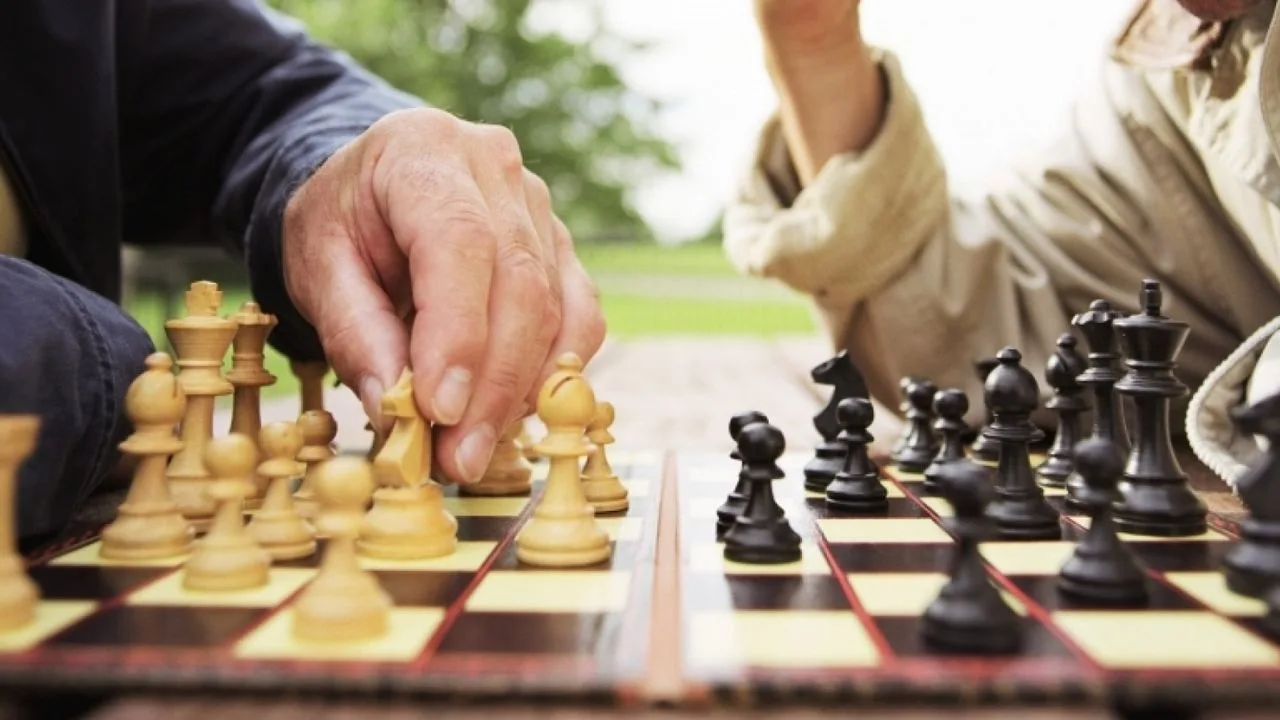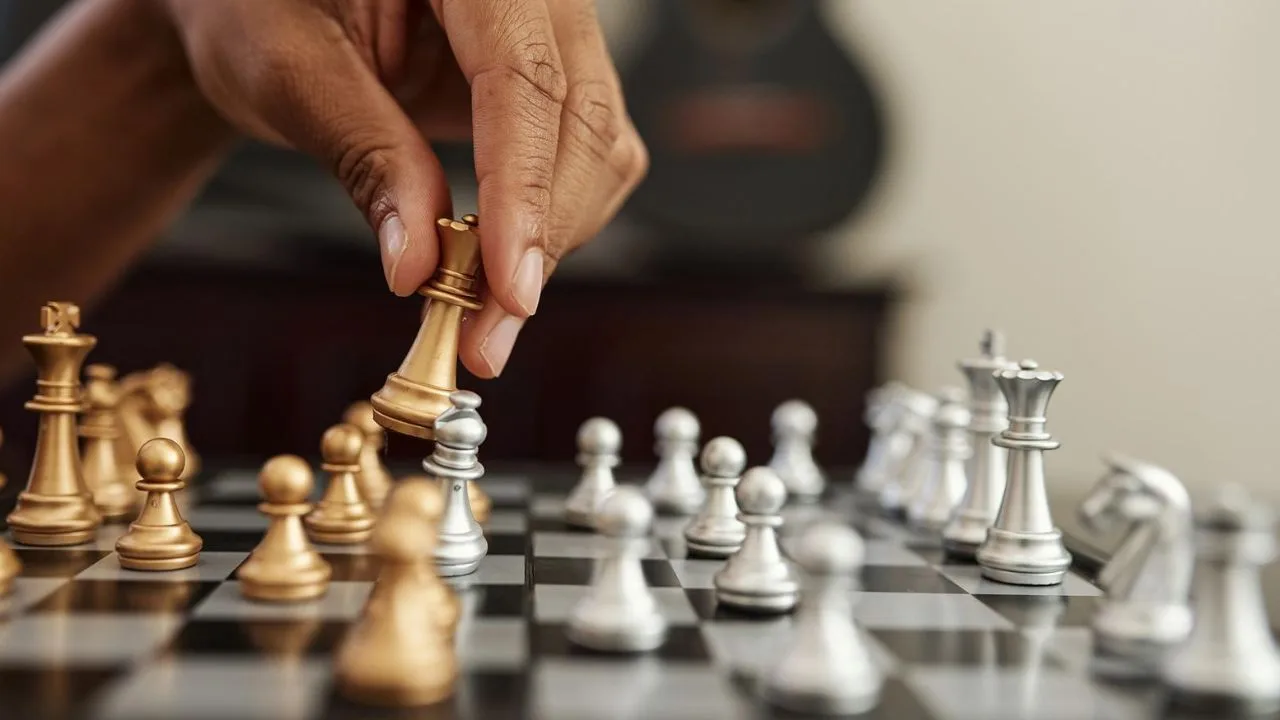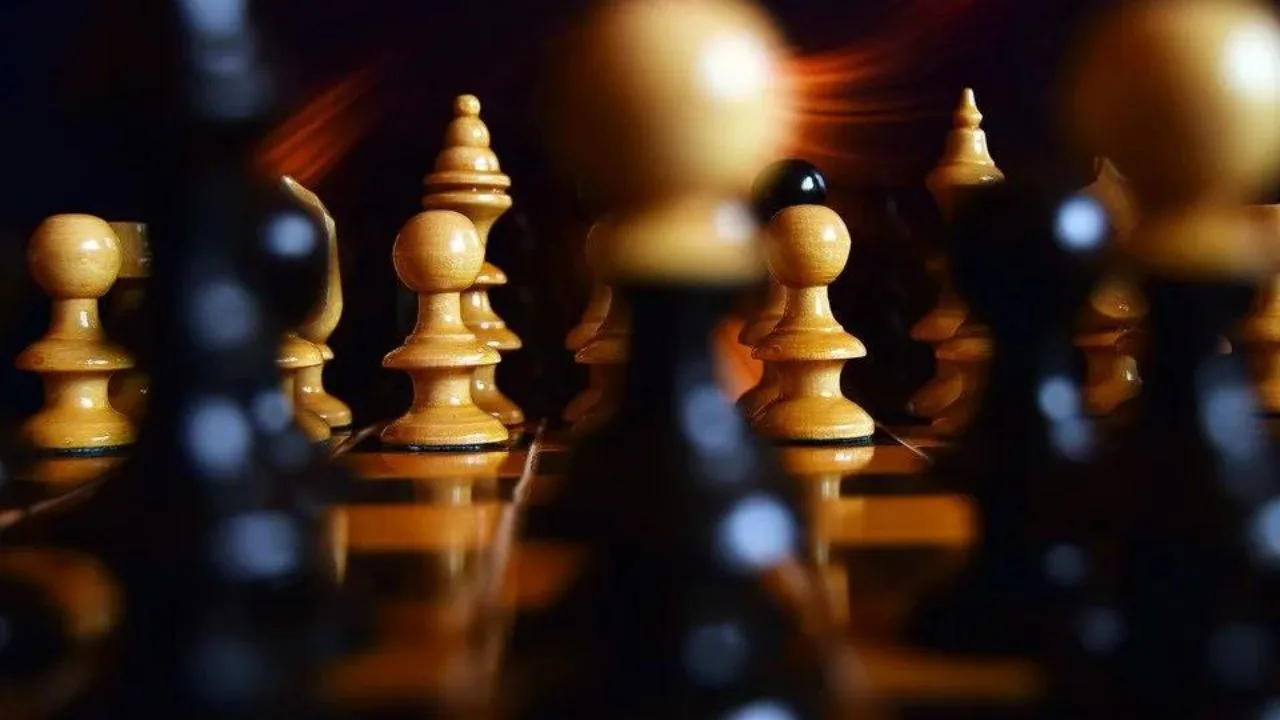Play Chess – Chess most popular game in the world. Chess is a two-player strategy game played on a checkered board with 64 squares.
Learning the rules of chess is easy – Set Up The Chess Board Learn To Move The Pieces Discover The Special Rules Learn Who Makes The First Move Check Out The Rules On How To Win Study The Basic Strategies Practice Playing Lots Of Games Set Up.
Here Are The Some Points
Chess Board
At the beginning of the game, the chessboard is laid out so that each player has the white color square on the bottom right-hand side. The chess pieces are then arranged the same way each time. The second row is filled with pawns.

The rooks go in the corners, then the knights next to them, followed by the bishops, and finally the queen, who always goes on her matching color, and the king on the remaining square.
Chess Pieces Move
Each of the 6 different kinds of pieces moves differently. Pieces cannot move through other pieces and can never move onto a square with one of their pieces.
Pieces are generally moved into positions where they can capture other pieces, defend their pieces in case of capture, or control important squares in the game.
The king can only move one square in any direction – up, down, to the sides, and diagonally. The queen is the most powerful piece. She can move in any one straight direction.
- The rook in The rook may move as far as it wants, but only forward, backward, and to the sides.
- The Bishop In Chess-The bishop may move as far as he wants, but only diagonally.
- The Knight In Chess – Knights move in a very different way from the other pieces.
- The Pawn In Chess – Pawns are unusual because they move and capture in different ways Rules of Chess.
- There are a few special rules in chess that may not seem logical at first. They were created to make the game more fun and interesting.

- Objective: The main goal is to checkmate your opponent’s king.
- Turns: Players take turns moving one piece at a time. White always moves first.
- Capturing: You capture an opponent’s piece by moving one of your pieces to the square occupied by the opponent’s piece. The captured piece is removed from the board.
- Check: When your king is in a position to be captured on the next move, it is in check. You must make a move to get out of check. You can do this by moving the king, capturing the attacking piece, or blocking the attack.
- Checkmate: If your king is in check and no moves can get it out of check, it is checkmate, and the game is over. The player whose king is checkmated loses.
- Draws: Games can end in a draw for several reasons: Stalemate: The player whose turn it is has no legal moves and their king is not in check.
- Insufficient Material: Neither player has enough pieces to force a checkmate.
